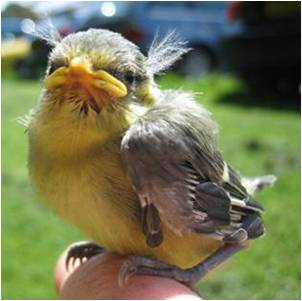Professor Ken Wilson - Research Interests
- Nutrition and disease resistance in insects
- Ecology of the African armyworm baculovirus
- Role of Juvenile Hormone in density-dependent prophylaxis
- Melanism and disease resistance in insects
- Ecology of gastrointestinal nematodes of Svalbard reindeer
- Parasites and the costs of resistance in Soay sheep on St. Kilda
- Testosterone and mating behaviour of male Soay sheep
- Sex-biased parasitism and immunity in insects
- Bacterial Pathogens in Birds
(funded by NERC/BBSRC)
This research is examining the role of nutrition in determining the outcome of host-parasite interactions, mainly using as a model system the Egyptian cotton leafworm, Spodoptera littoralis, and its bacterial pathogens. This work is conducted in collaboration with Dr Sheena Cotter (University of Lincoln, UK), Dr Fleur Ponton (Macquerrie University, Australia) and Prof Stephen Simpson (University of Sydney, Australia).
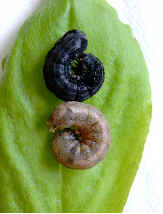
(funded by BBSRC and DFID)
African armyworm (Spodoptera exempta) is an economically-important crop pest in eastern Africa, especially Tanzania and Kenya. The caterpillars of this moth species are infected by an endemic baculovirus – the Spodoptera exempta nucleopolyhedrovirus (SpexNPV), but armyworm deaths due to this virus occur too late in the armyworm season to stop the caterpillars causing damage. The aim of this grant is to understand better the natural ecology of this virus in order to more effectively use it as an effective biological control agent. For more information about this project, click on the ARMYWEB tab above.
Personnel: Dr Rob Graham, Yamini Tummala, Phill Nott.
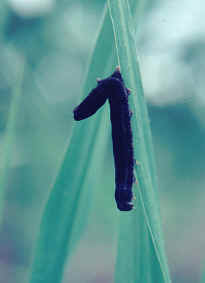
(funded by NERC)
As population density increases, so the risk of becoming infected by pathogens generally increases. As an evolutionary response to this, many insects have evolved a phenomenon known as density-dependent prophylaxis (DDP) – as population density increases, so the insects invest more in disease resistance mechanims and become lesss susceptible to infection. This NERC-funded study is examining the potential role of juvenile hormone in this phenomenon.
Personnel: Shaihla Khan
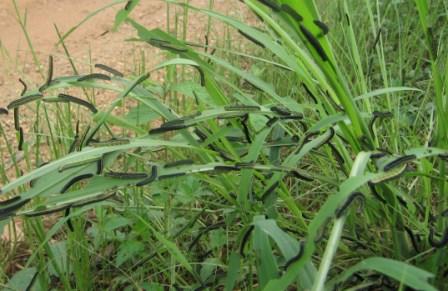
(funded by NERC)
In high-density populations, many insects become darker due to the deposition of melanin in their cuticle. Melanin has antimicrobial properties and it has been suggested that melanization of the cuticle is an adaptation to increase resistance to entomopathogens, especially fungi, which infect their hosts via the cuticle. This grant is selecting for melanic and non-melanic lines of Spodoptera caterpillars and will determine whether there is a correlated change in disease resistance.
Personnel: Dr Kwang Lee
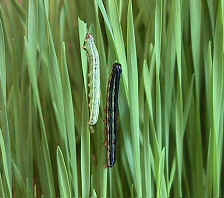
(NERC)
In the high arctic, reindeer populations persist despite eight months of sub-zero temperatures. There is evidence that their parasites are also well adapted to these conditions. This project will investigate winter transmission of the parasite Marshallagia marshalli, and its impact on the reproduction and survival of reindeer living on Spitsbergen, the largest island in the Svalbard archipelago, Norway (78°N). The project is in collaboration with Prof Steve Albon and Dr Justin Irvine (Macaulay Institute) and Dr Steve Coulson (University Centre in Svalbard – UNIS)
Personnel: Anja Carlsson

(funded by NERC)
Nematode parasites are a significant mortality factor for the feral population of Soay sheep living on St. Kilda in the Outer Hebrides, St. Kilda. However, little is known about the impact of parasites on the reproductive success of the sheep. This studentship is examining the impact of parasites on the behaviour and lambing success of female Soays and on the rutting behaviour of males.
Personnel: Louisa Tempest
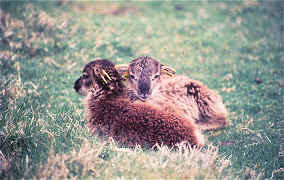
(funded by The Royal Society and Lancaster University)
This project uses a combination of plasma- and faeces-based assays to examine the relationship between testosterone and male rutting behaviour and success. This project is conducted in collaboration with Dr Brian Preston, Dr Steve Monfort (Smithsonian National Zoological Park), Dr Gerald Lincoln (University of Edinburgh) and Dr Ian Stevenson (Sunadal Data Solutions).
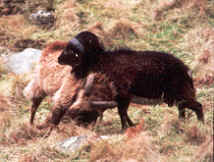
(funded by NERC)
This studentship is taking an experimental approach to examine sex differences in immunity and parasitism in insects, and is currently focussed on earwigs and cockroaches. The study builds on comparative analyses conducted with Dr Sarah Moore which showed that males tend to have weaker immunity and greater prevalence of parasites than females. Part of this study is being conducted in collaboration with Dr Joe Tomkins (University of St. Andrews).
Personnel: Susan Williamson
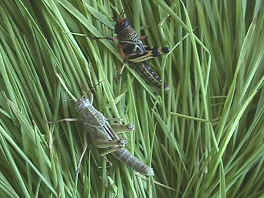
(funded by NERC, BBSRC and CJ Wildfoods)
Wild birds as potential vectors of disease have received recent renewed empirical interest, especially regarding human health. Understanding the spread of bacterial pathogens in wild birds may serve as a useful model for examining the spread of other disease organisms, both amongst birds, and from birds to other taxa. This project is developing molecular methods for monitoring bacterial pathogens found in birds. The longer term aim is to quantify the influence of bacterial pathogens on life history traits and reproductive success in wild birds. The project is in collaboration with Dr Ian R. Hartley (Lancaster University), Prof R. Pickup, and Dr Glenn Rhodes (Centre for Ecology and Hydrology – Lancaster).
Personnel: Clare Benskin, Rachel Hope.
